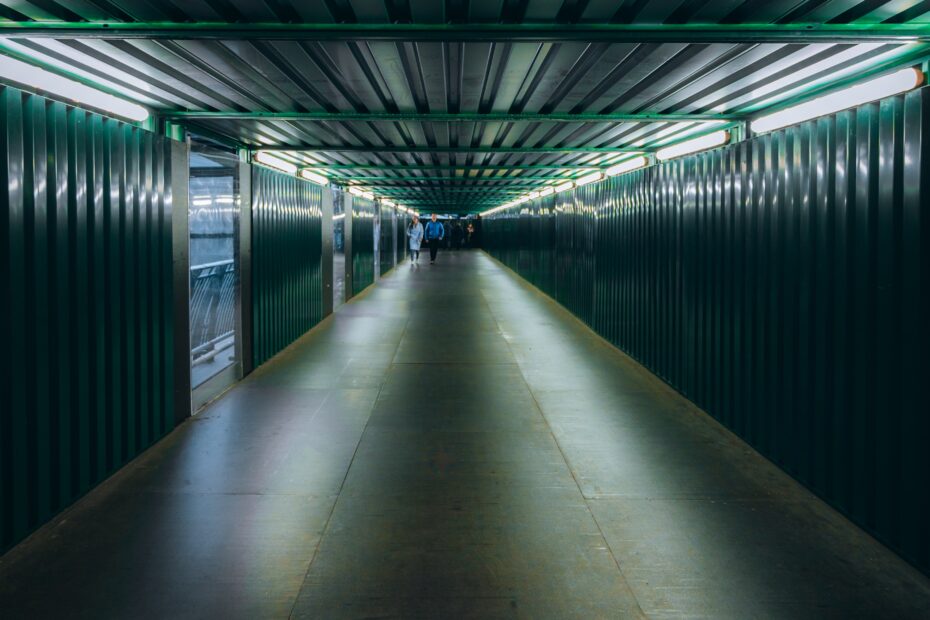by HAL MOUNTSAUERKRAUTEN, Alternate Reality News Service Crime Writer
Three legged fashion models? Fashion models whose breasts are larger than their heads? Fashion models with even tempers and pleasant dispositions? These are just some of the horrific possibilities that the fashion world has to contend with in the wake of a disaster at the WF Laboratories.
“We are closely monitoring the situation,” Andrash Copaseti-Cabana, CEO of WF Laboratories, said, “but we can already see anomalies in many of our models: girls with a third eye and – gulp – 300 pounds…”
“Quelle catastrophe!” Martin Anderson, of the House of Dior, cried into his crème brule.
WF Laboratories, the main producer of human mannequins for fashion designers, has been at the forefront of the cloning industry for over 20 years. “Six feet tall 14 year-old girls with a DD breast cup?” Copaseti-Cabana explained, “They don’t appear in nature all that often. Cloning the most successful models was one method of assuring a steady supply for the fashion industry.
“And, now, it’s all being threatened.”
The purity of the eggs used in the cloning process has been compromised, resulting in the creation of defective clone models. “They seem perfectly skinny and normal until they’re about six years old,” Copaseti-Cabana said. “Then, something goes wrong with their beautifully emaciated bodies…something goes terribly, terribly wrong…”
Police have been called in to investigate, and are not ruling out the possibility of sabotage at the plant just outside of Paris. The fact that the Kate Moss, Shalom Harlow and Karen Mulder germ lines – the three sets of DNA out of which 90 per cent of the models coming out of the factory are based – have all been compromised at the same time is highly suspicious.
“We have a number of suspects at the moment,” said Inspector Jacques Clouseau of the French Surete, the detective assigned to the case, “Feminists who believe that the image of models in fashion leads women to have unrealistic, dangerous expectations of their own bodies, scientists who believe we are dangerously playing god with our genetic inheritance – there are a lot of crazies out there.”
There is currently a two year emergency supply of models. These women are currently working in restaurants and salons in New York, Paris, London and Milan, where they are waiting to be “discovered.” Beyond this two year period, however, things look bleak for the fashion industry.
“It’s not just the runway shows,” explained Harold Bloomthorpe, lingerie reporter for Women’s Wear Daily Worker. “It’s advertisements in trendy magazines and on the hottest shows on television, it’s billboards and movie stars. If the world suddenly found itself bereft of fashion models, the trickle down effect on the entire entertainment industry would be devastating!”
A number of possible solutions to this problem have been proposed. There is one other known source of fashion model clones: Fujimoro Industries of Tokyo. “Unfortunately, they currently produce exclusively Oriental models for the Asian market,” stated Bloomthorpe. “It would take them three or four years to retool the assembly line to produce occidental models. And, that’s assuming they would even be willing to – they’re already working pretty much at capacity.”
Another possible solution would be for designers to create clothes for the clones as they came off the assembly line. “This would give an advantage to designers who like improvisation,” Bloomthorpe said. “Those who couldn’t adjust to models with hips as wide as Hondas or ass length hair the texture of a Brillo pad would have a hard time.”
Simply using the models they have until the problem at the factory is solved is not an option, according to Andrash Copaseti-Cabana: “Have you ever seen a model who has just turned 20? The booze, the pills, the late night partying – they’re not kind to young women. Most designers would rather pin their clothes to a wall and have people walk by them than use older models – no offense.”
One other possibility, spoken of in hushed tones in the fashion centres of the world, would be to design clothes for ordinary women to model. “Quelle catastrophe!” Anderson cried into his orange mocha frappacino latte. “Fashion is about giving ordinary women something impossible to aspire to. If we used ordinary women as models…” Anderson trailed off into a shudder, a shudder that presaged the end of fashion as we know it.
The police investigation continues.


